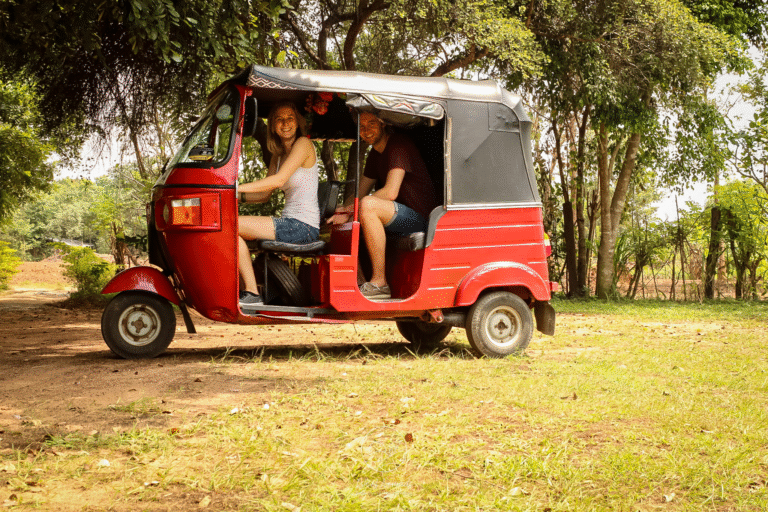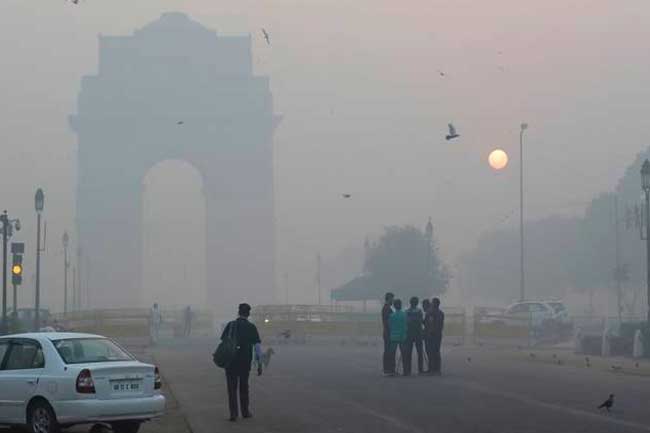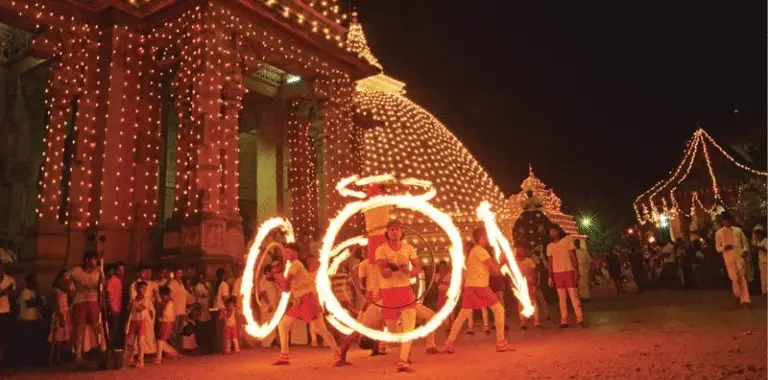🌟 1. Asweddumize
Definition: to prepare (fallow or disused land) for cultivation, especially for growing rice. First attested in 1857, it reflects Sri Lanka’s deep agrarian traditions.

🌟 2. Avurudu
Definition: the Sinhala and Tamil New Year (mid‑April), rich in rituals, traditional foods, games, and celebrations. A uniquely Sri Lankan festive concept.

🌟 3. Kiribath
Definition: traditional Sri Lankan dish made of rice boiled in coconut milk, especially eaten during Avurudu. Its inclusion highlights regional festive cuisine.

🌟 4. Kottu roti
Definition: iconic street food—chopped roti sautéed with meat, vegetables, and spices, noted for its rhythmic “kottu-kottu” cooking sound. A sensory and cultural staple.

🌟 5. Mallung
Definition: a side dish of lightly cooked greens (usually spinach or herbs) mixed with coconut and spices—nutritious, flavorful, and everyday Sri Lankan fare.

🌟 6. Watalappam
Definition: a creamy Muslim dessert made from coconut milk, jaggery, eggs, and spices, often served at festive occasions.

🌟 7. Baila
Definition: a lively music genre rooted in Portuguese-Sri Lankan fusion, typically performed during dances and celebrations.

🌟 8. Papare
Definition: energetic brass-and-drum bands played at cricket matches and parades—synonymous with festive fanfare.

🌟 9. Walawwa
Definition: the grand ancestral manor or mansion of a Sri Lankan estate. A term tied to the island’s colonial architecture.

🌟 10. Osari
Definition: the traditional Sinhala-style sari. Reflects local ethnic dress and cultural identity.

Why this update matters
✔️ Cultural recognition: The inclusion of these words acknowledges Sri Lanka’s linguistic heritage on the world lexicon. hirunews.lk+1newswire.lk+1
✔️ Diversity of usage: Words range from agronomy (asweddumize) to street culture (kottu roti) to musical tradition (baila, papare)—demonstrating wide societal representation.
✔️ Global awareness: Through English speakers worldwide, these terms gain visibility, preserving and sharing Sri Lankan identity.
How words get in
Oxford editors rely on extensive evidence from literature, media, academic writing, and public usage. Many borrowed words fill nuanced “lexical gaps” in global English—similar to how “gigil” (Philippine) and “alamak” (Malaysian/Singaporean) were added earlier this year
What do you think?
These new additions give Sri Lankan English a stronger voice in global dictionaries. Which is your favourite? Are there local terms you use every day that deserve inclusion next?
Let me know in the comments!

















